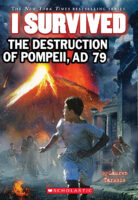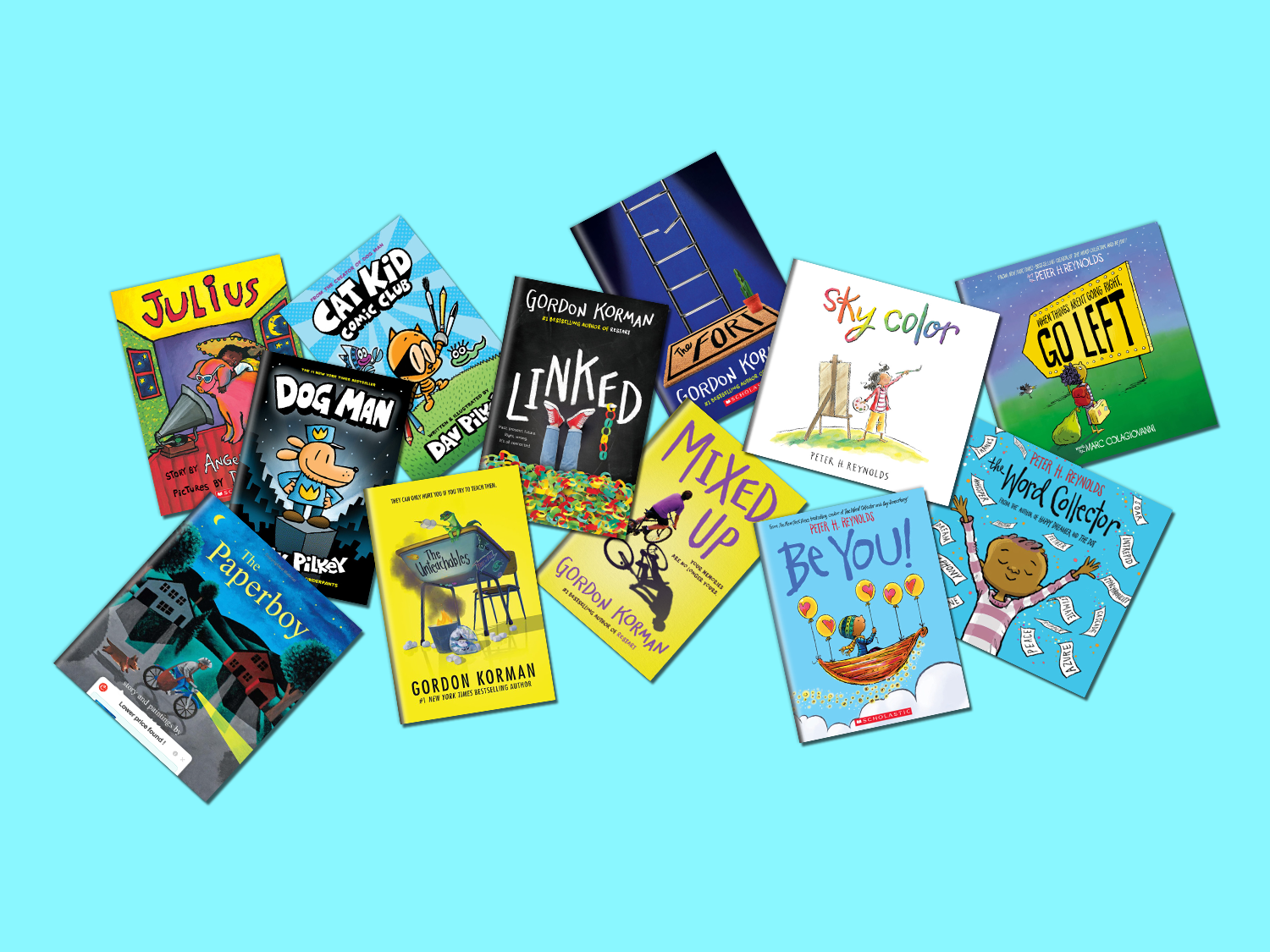Teaching Research Reports: Step-By-Step Guide for Young Writers
Follow these eight steps to get students comfortable with note-taking, editing, and other key steps required to complete a research report.
Third grade is a year of growth for students—especially when it comes to writing skills. Students who began the year working on the basics of writing a sentence will be ready to write research reports by the third quarter of the year.
The key to this journey is for third graders to learn research skills, note-taking, and purposeful expository writing in a step-by-step manner, says Genia Connell, a third-grade teacher in Michigan. “That makes it easy and manageable for young writers,” she says.
Take a look at the eight steps Connell uses to have her third grade students develop research reports. This same process can be adapted to any topic (think: dinosaurs, U.S. presidents, and so on).
Want more great content? Subscribe to our Teacher Newsletter below and get teaching ideas delivered right to your inbox.
Step 1: Choose a High-Interest Topic and Build Background
Be sure to select a high-interest topic—such as endangered animals or habitats—to start. “I’ve discovered the topic that engages my students like no other is disasters,” Connell says.
Kick-start the project by reading a book on the topic together as a class. For instance, you might opt for I Survived the Destruction of Pompeii, 79 A.D. You can also watch short videos together, Connell suggests.
“During this period of background building, I also make a tub of my disaster-themed books available for independent reading,” Connell says. Include books that are relevant to your high-interest topic in your book bin.
During the infamous eruption of Mount Vesuvius, one boy struggles to escape. Can he survive the most devastating disaster of ancient times?
Convenient and sturdy plastic bins for storing books and teaching materials help keep your classroom resources neat and organized!
Step 2: Share Note-Taking Strategies
Have your students take notes while watching video clips and reading the books from the disaster tub. Connell suggests reviewing the following note-taking tips beforehand:
Write down key words and phrases (complete sentences aren’t needed)
Use bullets or numbers
Include headings to create categories
Incorporate images about key ideas.
Tip: Note Taking Made Easy! is a great resource when you’re beginning to teach this skill.
Teaching students how to take notes is often challenging, but Deana Hippie, an experienced teacher, has developed clear, research-based lessons that really work.
Step 3: Let Students Choose a Topic
This will make students more engaged in the project, Connell says. She asks everyone in class to write down three disasters they’re interested in—in ranked order—on a slip of paper and turn it in.
Step 4: Create Teams
Use student preferences to create teams: Aim to give students their first choice if possible. Take advantage of the second choice to avoid groups made up of students who don’t work together well. “Teacher confession: The third choice I have them write down is just to make them feel good that they got their first or second choice,” Connell says.
Working in groups allows students to support each other as they research, write, edit, and publish the report. Give each disaster team a “headquarters” to meet with teammates to work together.
Step 5: Gather Resources and Take Notes
The next step is for students to take notes, using books from the classroom and school library, as well as online resources. This phase of the research process takes two to three days.
“The key teaching point here is to stress the importance of putting information they find in their own words,” Connell says. This helps prevent plagiarism.
Visit groups and share guidance to set students up for success, Connell says.
Tip: Print and pass out this note-taking graphic organizer. It’s designed with sections aligned to the main idea of every paragraph—this helps students transform their notes into topic and detail sentences.
Step 6: Write and Revise the Report
After the research is complete, students are ready to write. Share a fresh copy of the graphic organizer, Connell suggests—it will help students follow a simple, five-sentence paragraph pattern that includes a topic sentence, three detail sentences, and a closing sentence.
“Using this formula approach helps students understand the basic format of a paragraph and how the paragraphs blend together to form a report,” Connell says.
After the first paragraph is written, students can work in groups at their headquarters. Visit students daily as they write independently—expect the writing process to take three to four class sessions, Connell says.
Step 7: Publish!
Once the writing is complete, students will type it up. Connell has students incorporate text features—such as photographs, headings, and charts—that are frequently found in nonfiction.
Step 8: Share the Finished Product!
After approximately three weeks from start to finish, your third-grade students will have a finished report they can proudly share with classmates and parents.
Shop resources to help students master writing research reports below! You can find all books and activities at The Teachers Store.
Show students the steps required for prewriting—from choosing a viable topic to conducting in-depth research to taking effective notes and organizing them.







